President Jefferson directed Lewis to observe seasonal transitions as they are marked by the “times of appearance of particular birds, reptiles or insects.” But very few of the journalists’ remarks on insects are much more inspiring than—in the weather summary for 29 March 1805—”a variety of insects make their appearance, as flies bugs &c.”
—Joseph A. Mussulman in Bugs, Worthy of Notice


Nearly a century and a half before Lewis and Clark’s encounter with fleas en masse on the lower Columbia River, the little insect acquired an almost admirable, if not respectable, reputation, thanks to Hooke and his microscope.
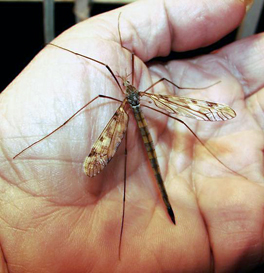

On 27 December 1805, Clark wrote: “Musquetors to day, or an insect So much the Size Shape and appearance of a Musquetor that we Could observe no kind of difference.”
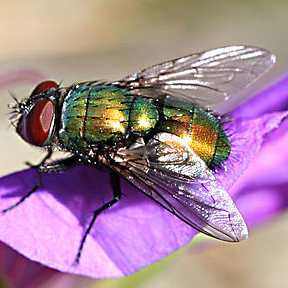

On 20 May 1805, the captains named a certain watercourse Blowing Fly Creek, “from the immence quantities of those insects found in this neighbourhood.” As Lewis explained, “they infest our meat while roasting or boiling, and we are obliged to brush them off our provision as we eat.”
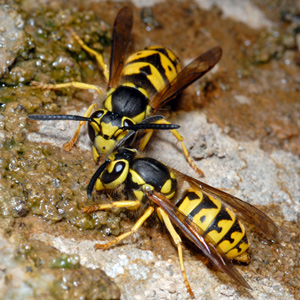

Ordway reported that “our horses got Stung by the wasps” on 20 September 1805 while the party was making its way down the west side of the Bitterroot Mountains toward the Clearwater River. Whitehouse called them “the yallow wasps.”
Dung Beetles
by Joseph A. Mussulman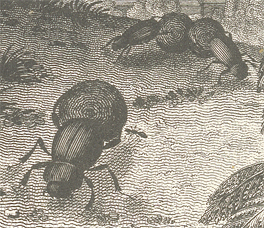

In his 261-word catalog of the insects, Lewis wrote that “a great variety of beatles common to the Atlantic states are found here likewise,” except that “the black beatle usually [c]alled the tumble bug which are not found here.”
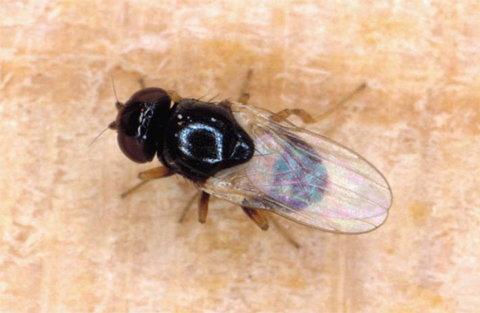

On 11 July 1805 while making canoes above the Falls of the Missouri, Clark wrote “Musquitors verry troublesom, and in addition to their torments we have a Small Knat, which is as disagreeable.”
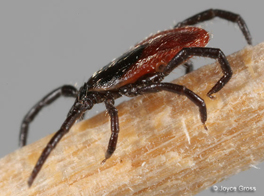

In the vicinity of Beacon Rock on 5 April 1806, Clark dutifully looked around for signs that spring had begun. He noticed that “the tick has made it’s appearance.” The ticks waiting for hosts in the vicinity Beacon Rock in April 1806 were likely of the species Ixodes pacificus.


During the portage around the Falls of the Columbia River, as Biddle paraphrased it, “we found that the Indians had camped there not long since, and had left behind them multitudes of fleas.”
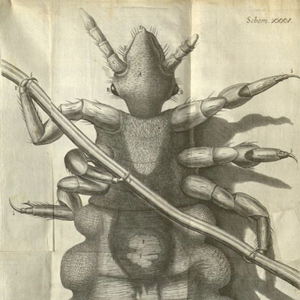

“This is a Creature so officious,” wrote the pioneer English microscopist Robert Hooke, “that ’twill be known to every one at one time or other, so busie, and so impudent, that it will be intruding it self in every ones company, and so proud and aspiring withall….”
Early American Entomology
by Joseph A. Mussulman

There were only four notable 18th century naturalists who showed much interest in America’s insects: a young Englishman named Mark Catesby, Finnish botanist Peter Kalm, Philadelphian William Bartram, and Reverend Frederick Melsheimer of New Hampshire.


President Jefferson directed Lewis to observe seasonal transitions as they are marked by the “times of appearance of particular birds, reptiles or insects.”
Experience the Lewis and Clark Trail
The Lewis and Clark Trail Experience—our sister site at lewisandclark.travel—connects the world to people and places on the Lewis and Clark Trail.
Discover More
- The Lewis and Clark Expedition: Day by Day by Gary E. Moulton (University of Nebraska Press, 2018). The story in prose, 14 May 1804–23 September 1806.
- The Lewis and Clark Journals: An American Epic of Discovery (abridged) by Gary E. Moulton (University of Nebraska Press, 2003). Selected journal excerpts, 14 May 1804–23 September 1806.
- The Lewis and Clark Journals. by Gary E. Moulton (University of Nebraska Press, 1983–2001). The complete story in 13 volumes.


